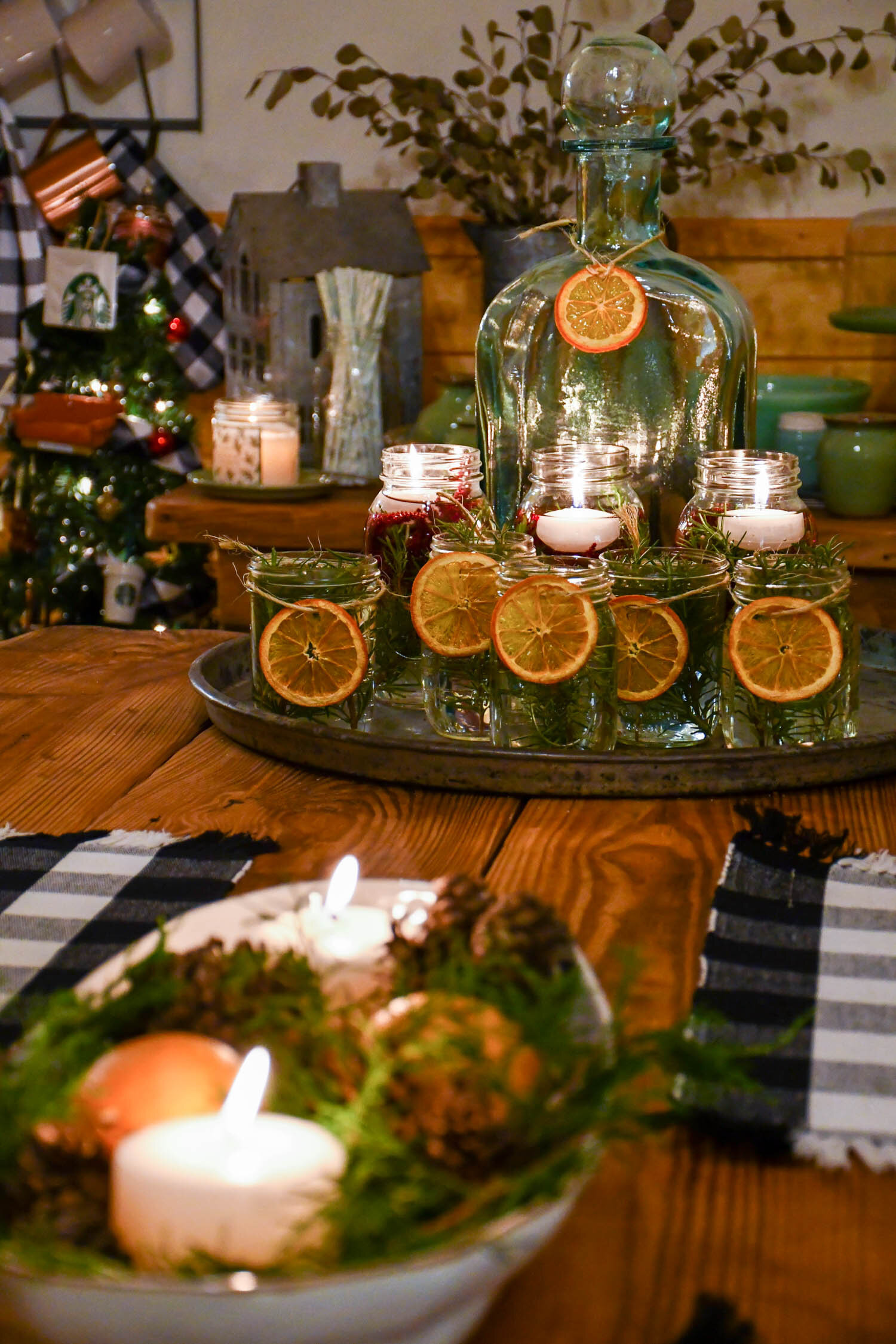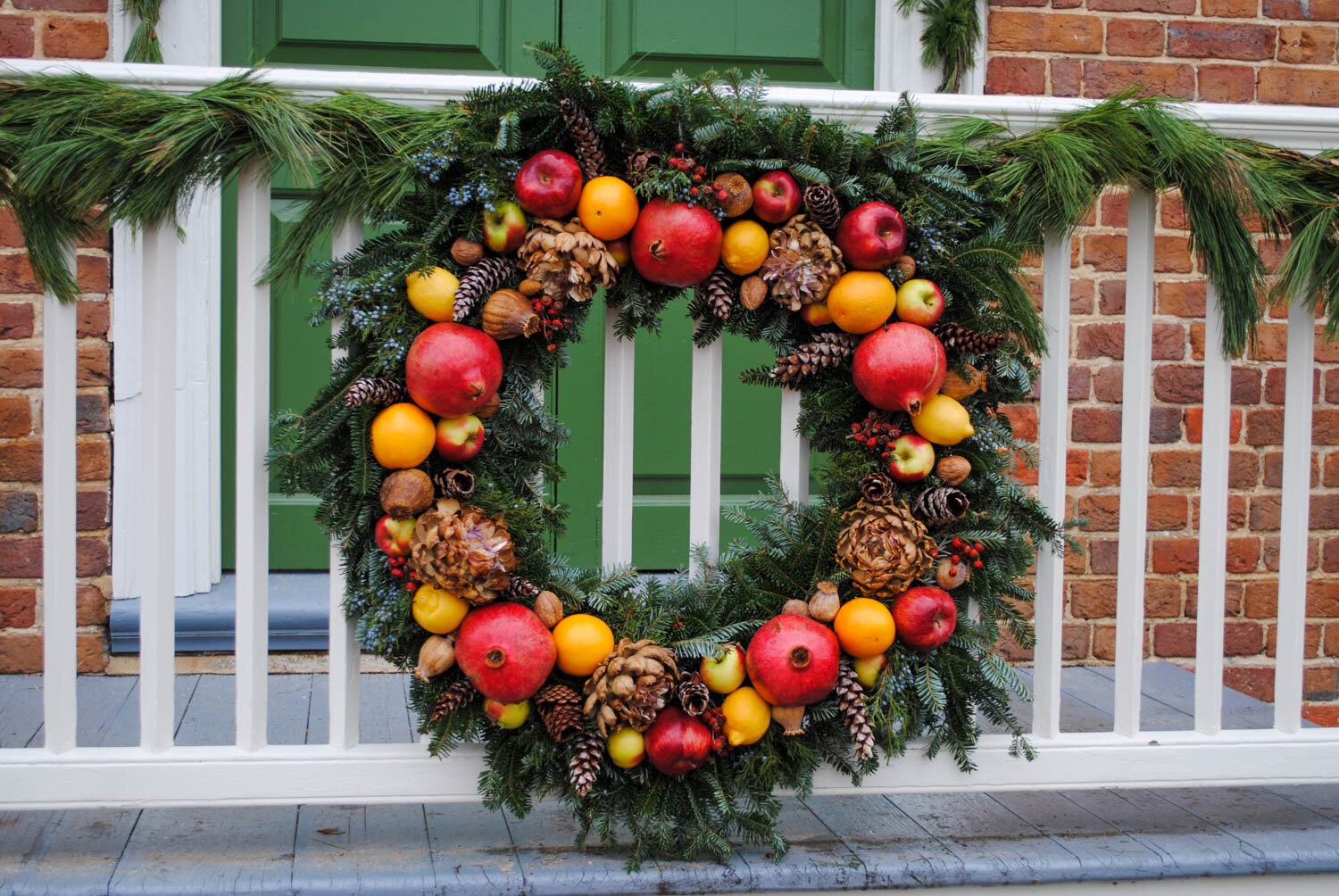Today is the winter solstice, the shortest day of the year. It marks a new beginning in the garden as the days start getting longer. However, the shift is slow. Even after a week, we only gain a little over a minute of light back here in Nacogdoches. Daylight is like interest in a bank, it is going to take a while to really see those seconds accumulate.
While we wait, Karen and I both revel in dressing up our house with more greenery and light during this darker part of the calendar. The pandemic has made it even dimmer this year, and we’ve decided not to travel to Tennessee and Texas to keep ourselves and our families safe. Thus, we’ve decorated more than we have in previous years both inside and out.
Karen and I like foraging on the fencerows near our house for boughs to deck the halls. We threw together a pot by our doorstep using the greenery of Juniperus virginiana and Magnolia grandiflora and the fruit on Ilex vomitoria and Rhus glabra. Behind those cuttings are some bare branches of Ulmus alata. Even going back to when I did Christmas decorations for clients back in college, that species has been one of my favorite plants to find. It different from most of the other branches you see in winter decor, and the winged, gnarly twigs add such texture to an arrangement. This year, I went a step further and added a few dried oranges to the branches as natural ornaments. We have a new dehydrator, and we tried drying oranges for the first time this year. Their windowpane appearance allows one to play with them against the light.
The pot we decorated by our door houses winter greenery during the Christmas season.
These dried oranges make such lovely ornaments on the branches of winged elm.
Inside, Karen also used dried oranges on some candle arrangements she made. She sunk Salvia rosmarinus (I know, it is still hard to type that new name for rosemary) and some late season Amaranthus to create colorful floating candle holders for our table. The end result was her wanting even more plants next year to use for Christmas decorations. I see that as a win-win!
Karen’s natural table arrangements made our dining room brighter.
Not only do we enjoy more light inside from candles but also outside with our holiday lights. Our log cabin is lit with twinkle lights that wrap the house. While we run them each night during the holidays, they occasionally make an appearance throughout the year when we have guests over. These are joined by our Moravian star and Christmas lighted balls.
Electric lights and the full frost moon brighten our garden earlier this month.
While the Christmas oriented decor will go down around Epiphany, I’m not ashamed to say we’ll keep these decorations up on into January. It seems silly that five days after the winter solstice we are supposed to take down all this green and lighted decor that so enriches this dark part of the calendar? Bah humbug!




















